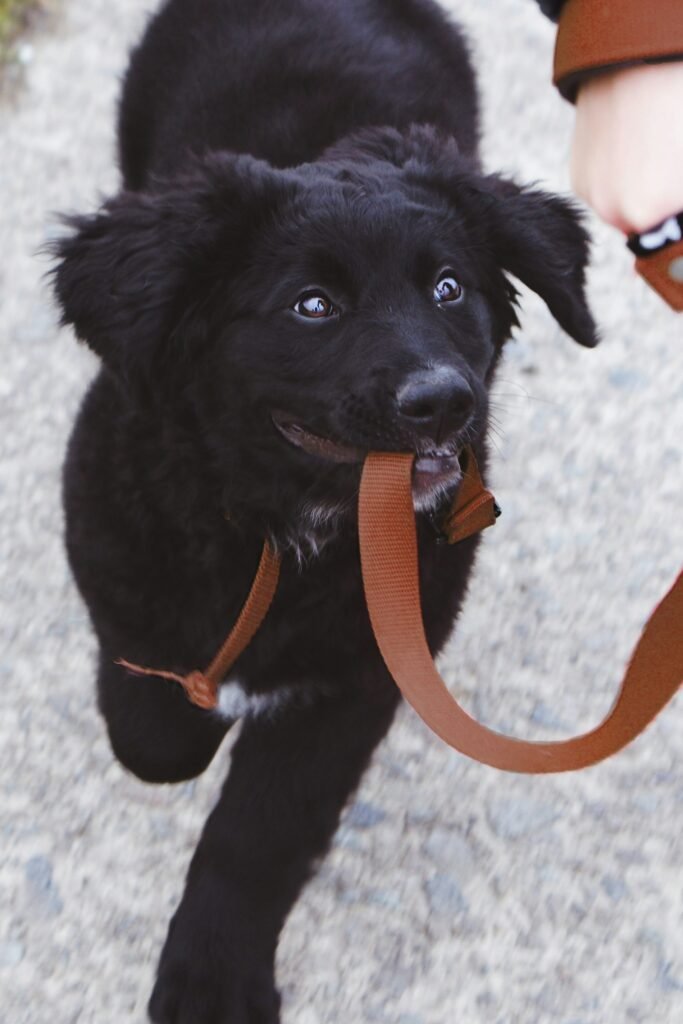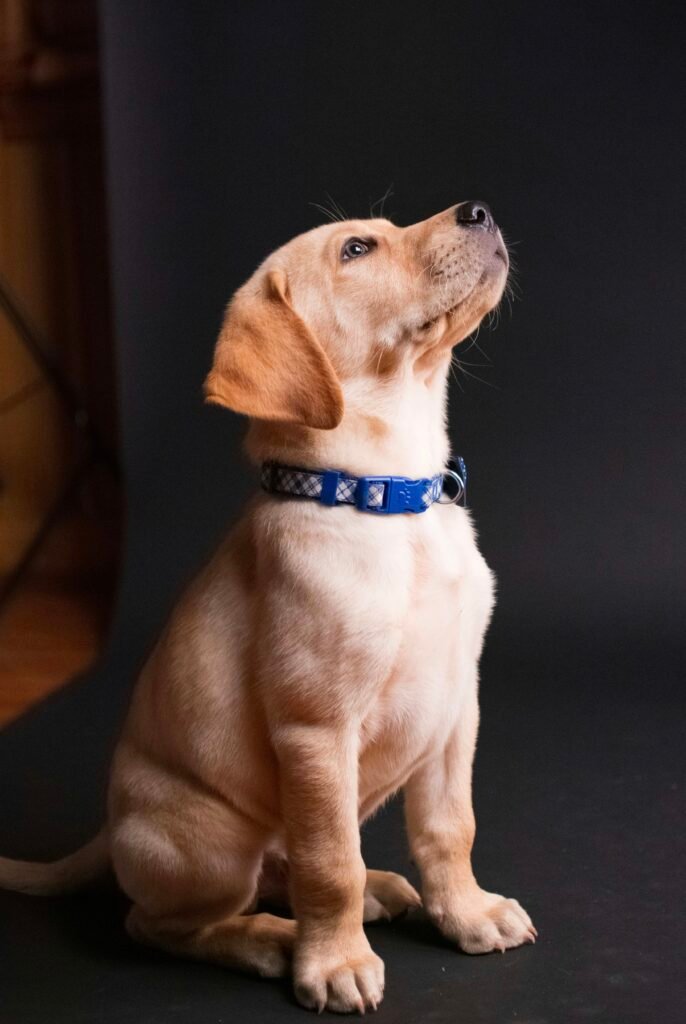
The Ultimate Guide to Puppy Crate Training
Get ready to master the art of puppy crate training with this ultimate guide. Whether you’re a first-time puppy parent or looking to improve your training skills, this comprehensive resource has got you covered. In this guide, you’ll learn everything you need to know, from the benefits of crate training to step-by-step instructions on creating a successful crate training schedule. With the right approach and a little patience, you’ll soon have a well-behaved and happy pup who enjoys their cozy den. So, let’s get started on this exciting journey towards successful puppy crate training!

This image is property of images.unsplash.com.
Find products like these on Amazon!
Choosing the Right Crate
When it comes to crate training your puppy, one of the first things you need to consider is the size of your furry friend. It’s essential to choose a crate that is just right for your puppy. If the crate is too small, your puppy will be uncomfortable, and if it’s too large, they may not feel secure. Take measurements of your puppy’s height, length, and weight to find the perfect size crate.
After determining the size, you’ll need to select the appropriate type of crate for your puppy. There are a few options to choose from, including wire crates, plastic crates, and soft-sided crates. Each type has its advantages, so consider factors such as portability, durability, and your puppy’s needs before making a decision.
Once you have the right size and type, it’s crucial to ensure that the crate is comfortable for your puppy. Line the crate with a soft blanket or dog bed to create a cozy environment. You can also add some of your puppy’s favorite toys or a shirt with your scent to make the crate feel more inviting and familiar to them.
Setting Up the Crate
The location of the crate plays a significant role in your puppy’s acceptance of it. Place the crate in a convenient area of your home where your puppy can still feel like part of the family. Ensure that the crate is not in an isolated or noisy spot, as this could make your puppy reluctant to enter it.
To make the crate inviting, you can place some treats or a small amount of food inside. This will encourage your puppy to explore the crate and associate it with positive experiences. Avoid forcefully placing your puppy in the crate or closing the door right away. Instead, allow them to enter the crate willingly at their own pace.
Introducing the crate gradually to your puppy is essential to build a positive association. Start by leaving the crate door open and allowing your puppy to investigate it freely. You can also toss treats inside the crate or feed your puppy near it to create positive associations. Gradually increase the time your puppy spends inside the crate while keeping the experience positive and rewarding.
Find products like these on Amazon!
Creating a Positive Association
To ensure your puppy sees the crate as a safe and comfortable space, it’s important to use praise and rewards during the crate training process. Whenever your puppy enters the crate willingly or stays inside calmly, shower them with praise and offer a tasty treat as a reward. This positive reinforcement will help your puppy develop a positive association with the crate.
Associating the crate with pleasant experiences is another crucial aspect of crate training. Provide your puppy with special toys or treats that they only get when they are inside the crate. This will make the crate a special place that your puppy looks forward to. Additionally, consider placing the crate near family activities, so your puppy understands that being inside the crate does not mean isolation or punishment.
On the other hand, it’s important to avoid using the crate for punishment. If your puppy misbehaves, redirect their attention to a positive behavior or use gentle training techniques. Using the crate as a time-out area or for punishment can create negative associations and hinder the progress of crate training.
Establishing a Routine
Setting a consistent schedule is key to successful crate training. Puppies thrive on routine, so establish a daily schedule that includes regular crate time. Decide on fixed times for meals, potty breaks, playtime, and crate sessions. Consistency will help your puppy understand what is expected of them and make the crate training process more effective.
Learning your puppy’s bathroom habits is crucial for successful crate training. Take note of when your puppy usually needs to go potty and incorporate regular bathroom breaks into their schedule. This will prevent accidents in the crate and help your puppy build good bathroom habits.
In addition to bathroom breaks, it’s important to plan for meals and potty breaks, especially during the early stages of crate training. Feed your puppy at consistent times and take them outside for a bathroom break shortly after meals. This routine will help your puppy associate the crate with a time of digestion and minimize accidents inside the crate.

This image is property of images.unsplash.com.
Progressive Crate Training
When starting crate training, it’s essential to begin with short intervals. Gradually increase the time your puppy spends inside the crate, starting with just a few minutes and gradually extending it. This progressive approach will allow your puppy to adjust to being in the crate without feeling overwhelmed or anxious.
As your puppy becomes more comfortable spending time in the crate, gradually increase the length of crate sessions. Aim for incremental increases of 15-30 minutes at a time, ensuring that your puppy remains calm and relaxed throughout. Remember to provide appropriate meals, bathroom breaks, and playtime before and after crate sessions to maintain a balanced routine.
To help your puppy become comfortable with your departures and arrivals, practice leaving and returning to the crate multiple times during the day. Start with short periods where you step out of sight and then come back. Over time, increase the duration of your absence, helping your puppy gain confidence and trust in your eventual return.
Dealing with Whining or Barking
Whining or barking is not uncommon during crate training, but it’s important to address the behavior appropriately. Determine the cause of the whining or barking, which can range from separation anxiety to simply wanting attention. Understanding the root cause will help you address it effectively.
To help your puppy become desensitized to being in the crate, gradually expose them to longer periods of quiet time inside. Start by offering rewards for moments of silence and extend the duration before rewarding them. This will help your puppy understand that being calm and quiet in the crate is a desirable behavior.
Implementing relaxation techniques can also be beneficial in reducing whining or barking during crate training. Play soothing music or use calming scents in the environment around the crate. You can also try crate covers to create a den-like atmosphere that promotes relaxation and reduces outside distractions.

This image is property of images.unsplash.com.
Nighttime Crate Training
Creating a bedtime routine is essential for successful nighttime crate training. Establish a consistent routine that signals to your puppy that it’s time to settle down and sleep. This can include activities such as a short walk, playtime, or a calming massage. The routine should end with your puppy being comfortably placed in the crate for the night.
Using a comforting item, such as a soft blanket or a plush toy, can help ease your puppy’s anxiety during nighttime crate training. The familiar scent and texture of the item will provide a sense of security and make the crate feel more inviting. Just ensure that the item is safe for your puppy to have unsupervised.
Implementing regular bathroom breaks throughout the night is crucial to avoid accidents and promote healthy sleep patterns. Take your puppy outside for a bathroom break right before bed and set alarms for nighttime potty breaks. Gradually increase the duration between breaks as your puppy gets older and gains better control of their bladder.
Leaving Your Puppy Alone
Preparing your puppy for alone time is an important part of crate training. Gradually increase the duration of your puppy’s alone time in the crate, starting with short periods and gradually extending it. This will help your puppy develop confidence and feel comfortable being alone in the crate.
Using gradual departures and arrivals is crucial in crate training. Practice leaving your puppy in the crate for short periods and gradually increase the time you spend away. When you return, keep the greetings calm and avoid overly exciting interactions. This will help your puppy understand that your departure and return are normal parts of daily life.
Providing engaging toys or treats inside the crate can help keep your puppy occupied while you’re away. Kong toys stuffed with treats or puzzle toys that require problem-solving can be great choices. These activities will not only provide mental stimulation but also divert your puppy’s attention from any separation anxiety they may experience.
Troubleshooting Crate Training Issues
Addressing anxiety or fear is crucial if your puppy is struggling with crate training. Gradual desensitization techniques, such as leaving the crate door open and allowing your puppy to explore it at their own pace, can help reduce anxiety. You can also consult with a professional dog trainer or a veterinarian specializing in behavior if the anxiety persists.
Accidents in the crate can be frustrating but remember to handle them with patience and understanding. If your puppy has an accident, clean the crate thoroughly with an enzymatic cleaner to remove any lingering scent. Avoid scolding or punishing your puppy, as this will only create negative associations and hinder their progress in crate training.
If you’re facing challenges with crate training, don’t hesitate to seek professional assistance. A professional dog trainer or a veterinarian specializing in behavior can provide guidance tailored to your puppy’s specific needs. They can assess the situation, provide personalized tips, and help you develop a training plan that suits both you and your puppy.
Graduating from Crate Training
As your puppy becomes more comfortable and reliable in their crate, you can gradually increase their freedom. Start by leaving the crate door open while you’re at home, allowing your puppy to come and go as they please. This will help them associate the crate as a safe and comfortable space even when the door is open.
If you prefer not to have your puppy in a crate all the time, you can use gating or confinement instead. Set up a designated area in your home where your puppy can safely stay when unsupervised. Use baby gates or exercise pens to create a secure space that still allows your puppy some freedom to move around.
Even after your puppy has graduated from crate training, it’s important to continue supervising and reinforcing good behavior. Keep an eye on your puppy’s bathroom habits and provide frequent opportunities for potty breaks. Reinforce positive behaviors with praise and rewards to maintain the good habits your puppy has developed through crate training.
With patience, consistency, and positive reinforcement, crate training can be a valuable tool in shaping your puppy’s behavior and creating a safe, comfortable space for them. Remember to always prioritize your puppy’s well-being and tailor the training process to suit their individual needs. Happy crate training!
Find products like these on Amazon!



-
-
2 days
Tagged Crate training, Dog behavior, Separation anxiety